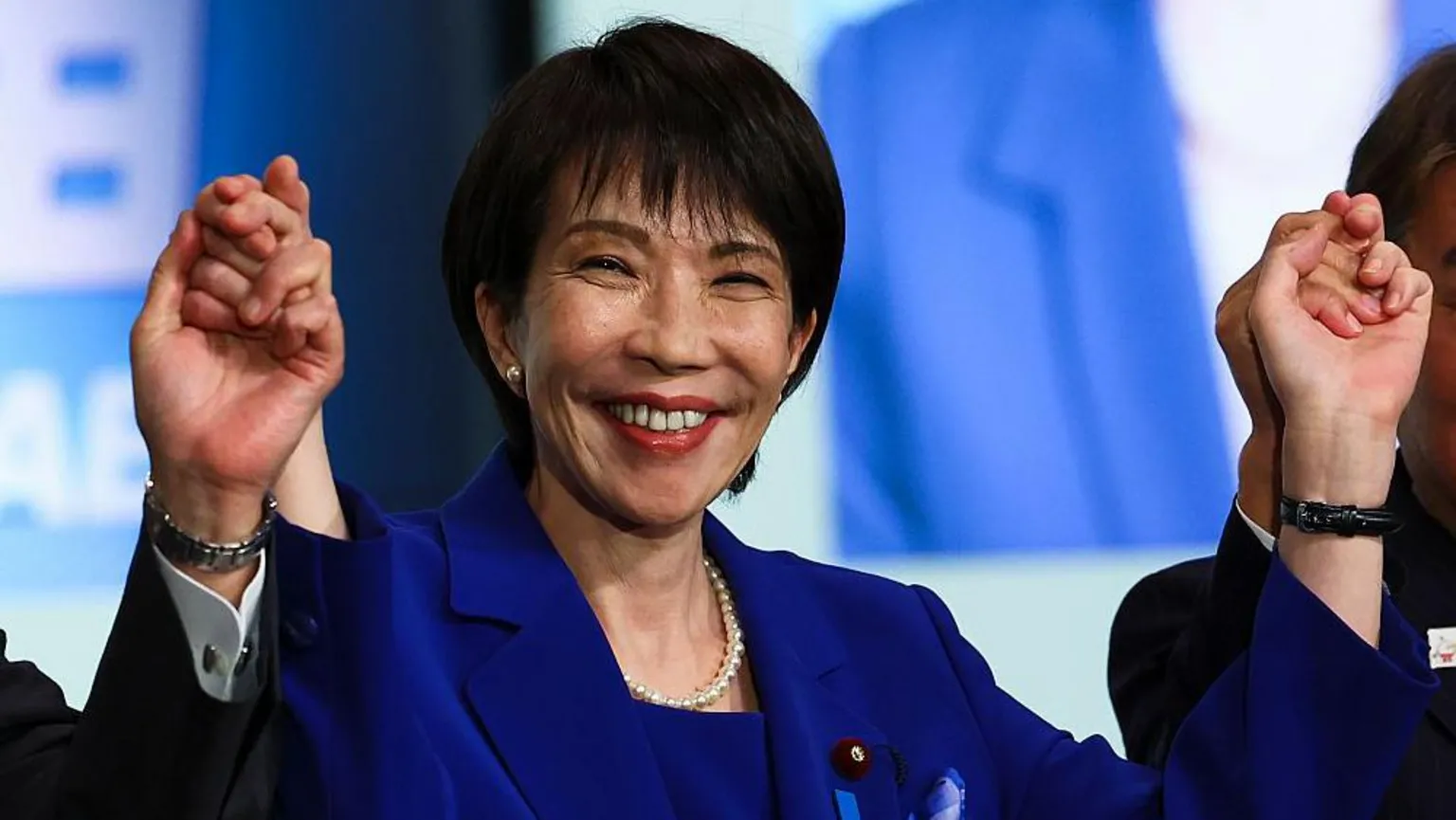1. Historic Significance
Sanae Takaichi, aged 64, has become Japan’s first-ever female Prime Minister.
She was elected by Japan’s Parliament (Diet) after winning:
237 votes in the Lower House, and
125 votes in the Upper House.
Represents a major milestone in Japan’s political history, long dominated by male leaders.
2. Political Background
She is the leader of the ruling Liberal Democratic Party (LDP) — Japan’s dominant conservative party since 1955.
Takaichi defeated four male candidates in the LDP leadership race (October 2025).
Her path to the premiership seemed uncertain after Komeito (LDP’s coalition partner) withdrew support.
However, she secured power by striking a last-minute deal with the Japan Innovation Party (JIP), also known as Ishin, a right-leaning opposition group.
3. Political Profile
Known for strong conservative and nationalist views.
Nicknamed “Japan’s Iron Lady”, inspired by former UK PM Margaret Thatcher, whom she admires.
A close ally of the late Shinzo Abe, Japan’s longest-serving PM.
Previously held several ministerial portfolios, including Internal Affairs and Communications.
Has run for PM in the past but only succeeded in 2025.
4. Domestic Challenges
Economic Concerns:
Japan is facing a rising cost of living and economic stagnation.
Public frustration has grown amid slow wage growth and aging population pressures.
Political Instability:
Takaichi is Japan’s fourth PM in just five years, reflecting frequent leadership changes.
Social Policies:
She opposes same-sex marriage and retaining maiden surnames for married women — both popular issues among younger voters.
These positions have led some critics to argue that she upholds traditional patriarchal norms rather than promoting gender equality.
Proposed Reforms:
Expansion of women’s health services in hospitals.
Better recognition and support for household and care workers.
5. Foreign Policy Challenges
US Relations:
Faces an early test with a scheduled meeting with US President Donald Trump.
Must manage tensions over:
Security treaty contributions, and
Tariff and trade negotiations.
Trump has previously questioned the US-Japan Security Alliance, demanding higher Japanese defense spending.
China:
Takaichi is considered hawkish toward China, echoing Abe’s stance.
Expected to maintain a firm security posture amid rising tensions in the East and South China Seas.
South Korea:
Relations with Seoul may strain due to her nationalist views on historical disputes (e.g., wartime labor and comfort women issues).
Regional Security:
Her leadership comes amid increasing North Korean missile tests and Indo-Pacific power shifts.
6. Public Reaction and Gender Debate
Her election is seen as symbolic progress for women in Japan, a nation ranked low in gender equality indices.
However, young women and progressives remain skeptical:
Critics argue her conservative policies may not translate into real gender reforms.
Student Ayda Ogura, 21, summarized this sentiment:
“It’s historic, but her policies perpetuate the patriarchal system rather than dismantling it.”
7. Key Takeaways for UPSC
| Aspect | Details |
|---|---|
| Name | Sanae Takaichi |
| Age | 64 |
| Party | Liberal Democratic Party (LDP) |
| Coalition Partner | Japan Innovation Party (JIP / Ishin) |
| Historic Fact | First female Prime Minister of Japan |
| Nicknamed | “Iron Lady” of Japan |
| Political Ideology | Conservative, nationalist, pro-Thatcher, pro-Abe |
| Domestic Challenges | Inflation, low growth, aging population, public discontent |
| Foreign Policy Priorities | US alliance, China containment, balancing regional ties |
| Gender Policy Stance | Traditional — opposes same-sex marriage and maiden surname retention |
| Election Context | 4th PM in 5 years; elected after LDP’s poor midterm showing |
8. UPSC Relevance
GS Paper II (International Relations):
India–Japan relations may evolve under new leadership.
Impact on Indo-Pacific security, QUAD cooperation, and defense partnerships.
GS Paper I (Society):
Women’s representation in politics — case study of Japan’s gender gap.
Essay / Ethics:
Leadership and ideology — comparing symbolic representation vs. substantive empowerment.
Current Affairs Section:
Possible Prelims/GS/Interview questions:
Who became Japan’s first female Prime Minister in 2025?
Which party does Sanae Takaichi lead?
Which opposition party supported her government?
What are her key domestic and foreign policy challenges?







